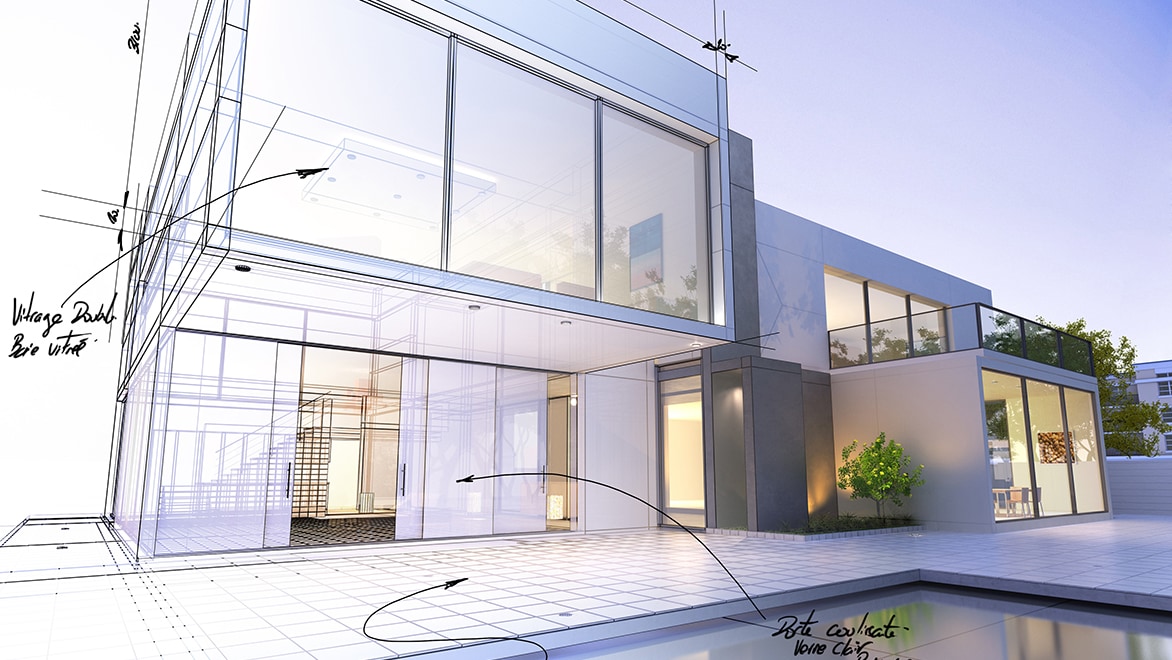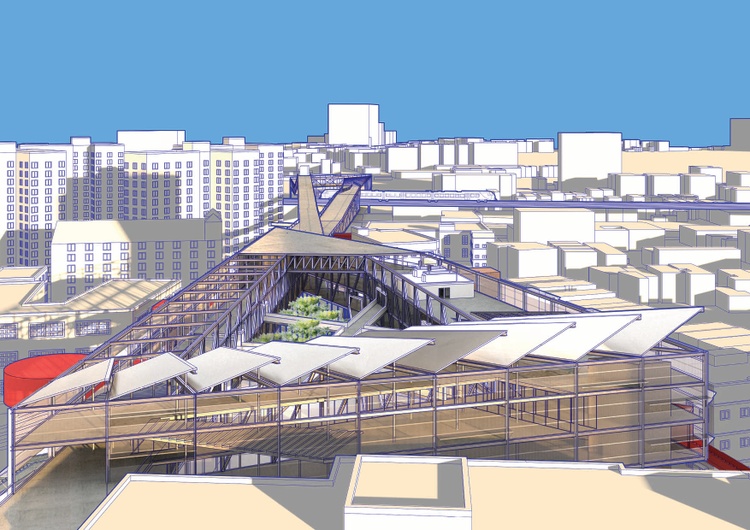Understanding the Collaborative Refine Between Architects and Engineers in Modern Building And Construction Projects
The collaborative process in between designers and engineers is important in modern-day construction tasks, as it integrates layout intent with design usefulness. This partnership not just affects the visual and useful facets of a task however additionally plays an important duty in attending to sustainability obstacles. By utilizing effective communication strategies and leveraging sophisticated innovations, such as Building Information Modeling (BIM), teams can work much more cohesively. However, the complexities of this collaboration commonly existing unique challenges that can hinder development. Checking out these characteristics discloses insights that can dramatically affect project outcomes and general industry standards.
The Significance of Cooperation
The collective harmony between designers and engineers is important for the effective understanding of any building task. This partnership brings together unique expertise and perspectives, allowing the assimilation of innovative design with sensible design solutions. By collaborating, architects and designers can make sure that a task not only meets visual and practical requirements but additionally sticks to safety and security, sustainability, and monetary restraints.
Cooperation promotes a common vision, helping with the alignment of goals and assumptions from the outset. This placement is crucial in attending to possible challenges and mitigating risks that might emerge throughout the project lifecycle. In addition, a collective method enables the effective allowance of sources, maximizing both time and cost.
The value of collaboration encompasses the iterative procedure of style and building, where comments from designers can notify building decisions, leading to more possible and sustainable styles. Conversely, designers can influence designers to believe creatively regarding how to attain architectural integrity without jeopardizing creative intent. Eventually, the collaborative partnership in between architects and engineers is not just advantageous; it is basic to the development of top quality, useful, and ingenious developed atmospheres that meet the requirements of culture.
Interaction Methods and Devices
Effective interaction techniques and tools are important for promoting partnership between architects and designers throughout the task lifecycle. Developing clear networks of communication is necessary to make sure that all employee are aligned with task purposes, timelines, and obligations. Regular meetings, both in-person and virtual, give opportunities for stakeholders to go over progress, address concerns, and make informed choices.
Utilizing task administration software program, such as BIM (Building Information Modeling) platforms, improves collaboration by making it possible for real-time sharing of style modifications and technological specifications. These devices facilitate transparency, allowing architects and designers to envision changes and examine their effect on the overall job.

Shared Objectives and Project Vision

Establishing common goals entails open discussion and a thorough understanding of each discipline's contributions. Architects usually focus on style intent, spatial connections, and individual experience, while engineers highlight structural stability, systems performance, and conformity with guidelines (cda architects). When these point of views are straightened, the result is a cohesive project that complies with both imaginative desires and technical usefulness
Moreover, a distinct task vision fosters accountability among team participants, motivating each individual to take possession of their function in attaining the desired outcome. Regular check-ins and joint workshops can even more reinforce this dedication, enabling changes to be made as the project progresses. Inevitably, a common vision not only boosts teamwork but likewise raises the top quality of the last deliverable, resulting in effective task completion.
The Role of Technology
Leveraging modern technology has become necessary in boosting collaboration in between designers and engineers. The integration of advanced software program tools helps with real-time communication and info sharing, enabling teams to function extra efficiently and effectively. Building Info Modeling (BIM) stands apart as a crucial modern technology, enabling both architects and engineers to develop detailed 3D versions that envelop layout intent and structural stability. This shared graph minimizes misunderstandings and simplifies the decision-making procedure.
In addition, cloud-based systems enable seamless collaboration, permitting job stakeholders to accessibility and update job data from anywhere. This promotes a culture of openness and accountability, as changes can be tracked and reviewed in real-time. In addition, mobile applications more boost communication, giving on-site groups with immediate access to task specs and updates.
Arising modern technologies such as man-made intelligence and artificial intelligence are also starting to contribute in predictive analysis, helping teams determine possible problems prior click this to they emerge. Ultimately, the function of modern technology in architecture-engineering partnership not just improves workflow performances yet also improves advancement, leading to more successful project like this results. By accepting these technical innovations, engineers and designers can ensure an extra natural and effective collaborative procedure throughout the construction lifecycle.
Study in Effective Collaborations
Countless study highlight the extensive influence of reliable collaborations between engineers and designers on job outcomes. One notable example is the cooperation on the High Line in New York City, where landscape architects, designers, and metropolitan planners collaborated to transform a deserted railway into a vivid public park. This multidisciplinary technique not only boosted the visual quality however also guaranteed architectural safety and ecological sustainability.
An additional exemplary situation is the layout and building of the Sydney Music Hall. The collaboration between architect JÃ ¸ registered nurse Utzon and structural engineer Ove Arup exemplified ingenious analytic. Their cooperation permitted for the famous shell-like style while resolving intricate engineering challenges, inevitably bring about a timeless building work of art.
The Burj Khalifa in Dubai additionally demonstrates the relevance of collective efforts. cda architects. The integration of design and engineering competence allowed the job group to accomplish unmatched heights while adhering to security guidelines and aesthetic vision
These examples emphasize the significance of interaction, depend on, and shared purposes. In today's complex construction environment, such collaborations are vital to navigating challenges and delivering tasks that satisfy both functional and visionary goals.
Conclusion
Finally, the cooperation between architects and engineers is important for the success of contemporary building tasks. Effective like it interaction methods, a shared job vision, and the integration of advanced innovations are important components that facilitate this partnership. By fostering a culture of liability and leveraging devices such as Building Information Modeling (BIM), teams can browse project intricacies, making sure that aesthetic, functional, and sustainability objectives are attained. Inevitably, this harmony brings about innovative and successful task outcomes.